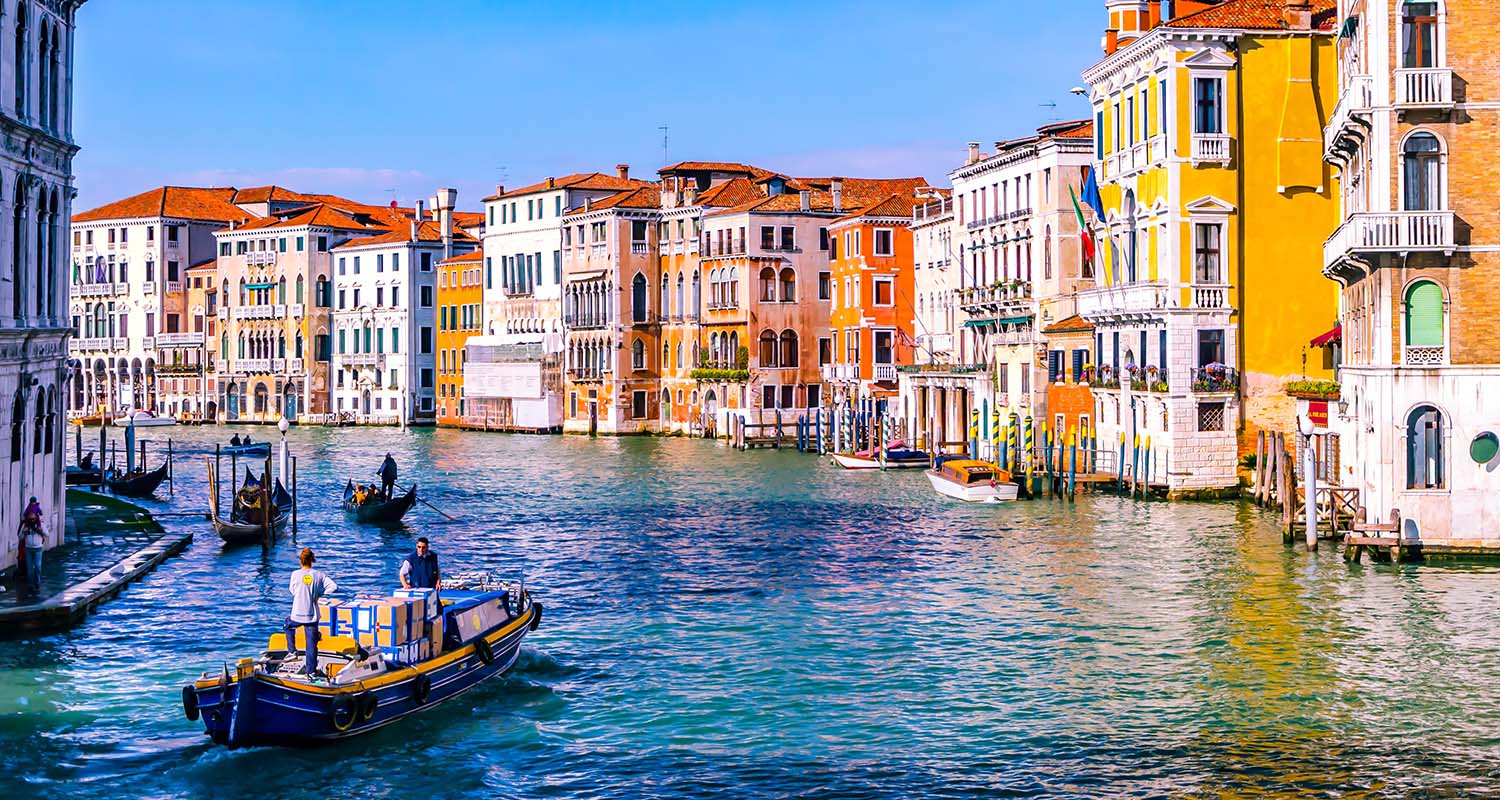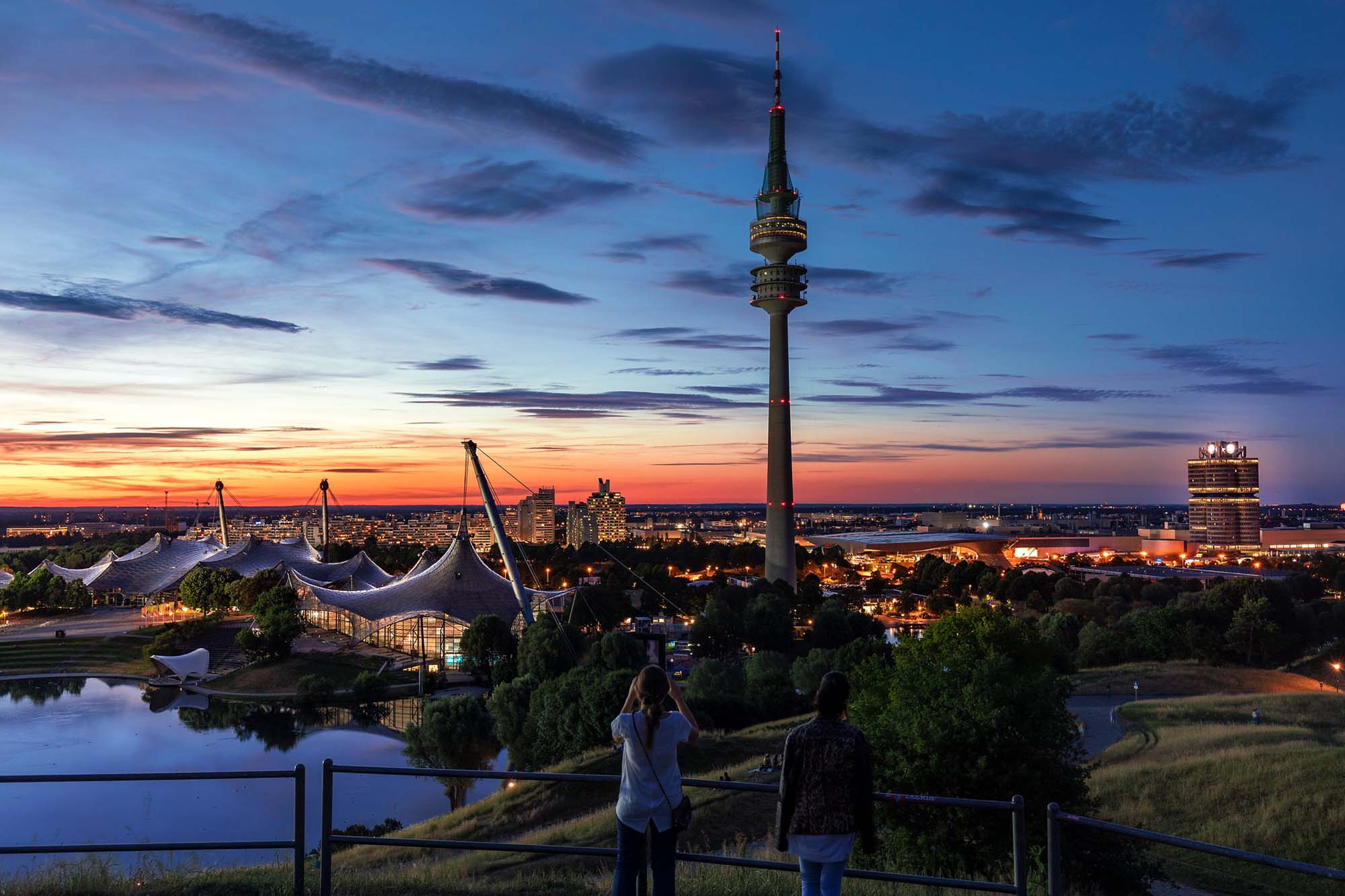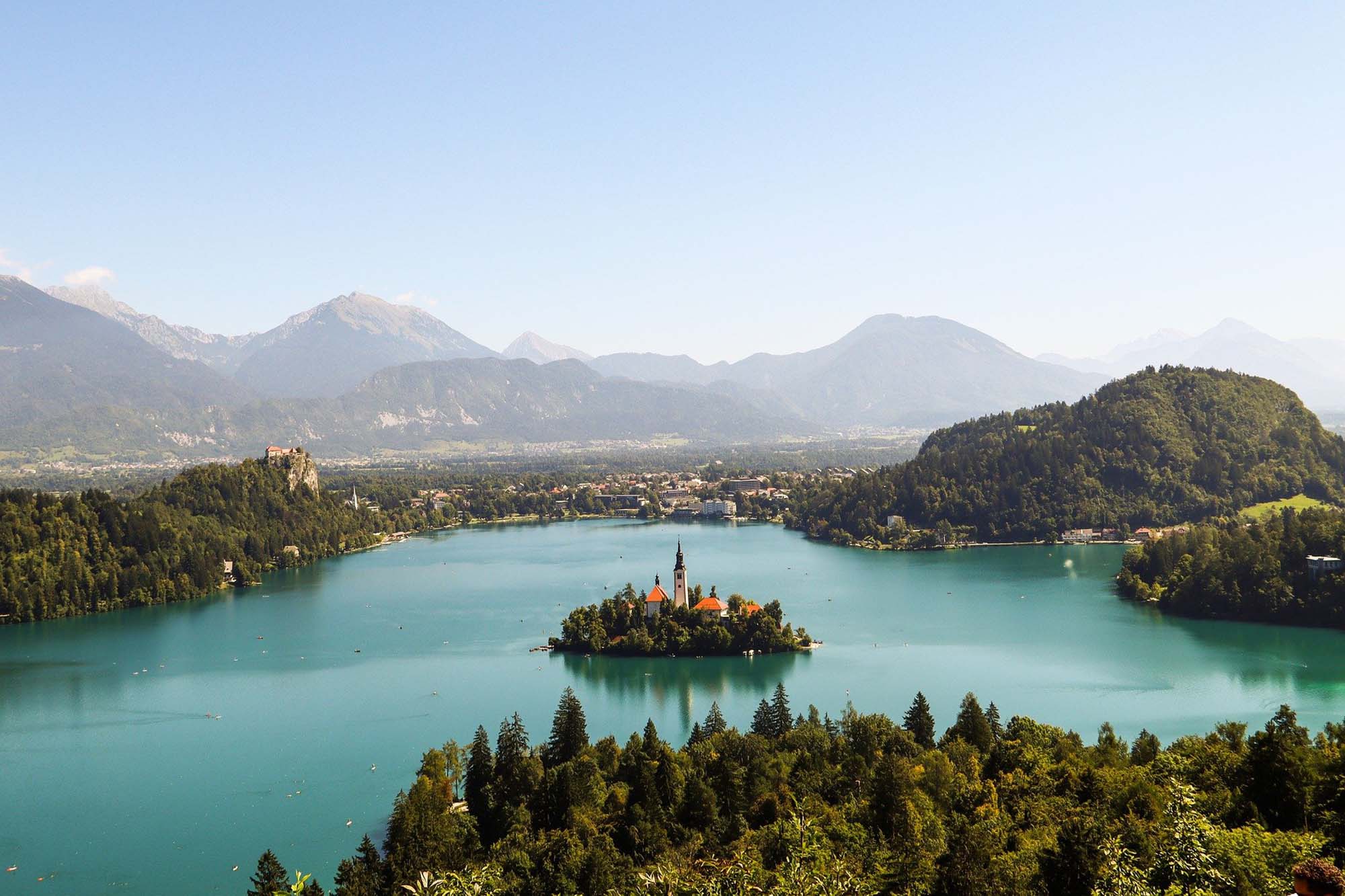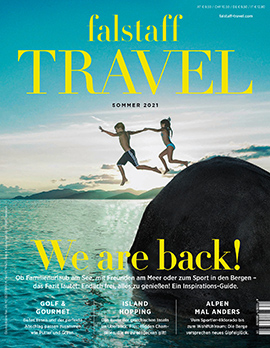
Corona regulations: What to bear in mind when travelling to neighbouring countries
Relaxations are in sight
30 April 2021
After the first relaxed around Corona in Austria are already within reach, the question naturally arises how the situation looks in our neighbouring countries. Those planning a trip should nevertheless pay attention to a few things.
An overview of all Corona regulations can be found here.
Germany
While in Austria relaxations of the Corona measures are imminent, the Germany decided on an emergency brake, which will be applied when the seven-day incidence value of 100 is reached. Uniform lockdown regulations are then to apply in every federal state. Since currently only one federal state is below this value, the emergency brake has been in effect since April 24. Those who still want to travel to Germany need a negative PCR test in addition to the digital entry notification and must spend ten days in domestic quarantine. From the fifth day onwards, free testing is possible.

Czech Republic
For a long time, the country was considered a problem child, because Czech Republic was struggling with a high number of infections. Currently, the numbers are dropping back below the 3,000 mark and the government is aiming for cautious easing. There is no longer a state of emergency or night-time curfews. Some kindergartens and schools have already reopened and shops and service businesses are expected to follow suit in the first week of May. Restaurants and hotels are still closed. Entry from Austria is possible, but still requires the completion of an electronic form, a negative PCR test and a quarantine obligation that can be ended after five days by another negative test.
Slovakia
In the Slovakia most shops and service providers have reopened. However, a mask and a negative test are required to enter. Hotels, museums and zoos are also open to the public again. Since the end of April, outdoor dining areas are also accessible again. People entering the country from Austria have to register and then go into home quarantine. Only on the eighth day may another PCR test be carried out.
Hungary
There are also relaxations in Hungary. The outdoor areas of the restaurants are open again until 21:30. Those who have a Corona vaccination passport could soon use hotels, theaters, sports facilities, zoos and the indoor areas of restaurants, among others. Retailers and service providers are also back in business - subject to conditions. However, entry into Hungary is not possible for people from abroad. There are exceptions for people who have a permanent residence permit for Hungary or one that is valid for more than 90 days.
Slovenia
Also, Slovenia announces relaxations. Outdoor areas in restaurants and bars are open again. In three regions (coastal region, Goriska as well as Pomurska) the indoor areas in restaurants may also be used. However, only for people who have been tested, vaccinated or have already contracted Corona and recovered. Hotels and camping sites are also open again under certain conditions. People entering the country from Austria need a negative PCR test that is not older than 48 hours. Those who have already received a complete Corona vaccination can enter without a test.

Italy
Hotspot Italy there are different zones where different measures apply. In yellow zones, bars and restaurants are open for lunch and dinner in the outdoor area. Swimming pools are also to open there in mid-May, and sporting events could even follow in June. However, travellers coming from Austria will have to undergo a five-day quarantine in addition to a negative PCR test. After that, another PCR test will be carried out.
Switzerland
There are also relaxations in the Switzerland. The outdoor areas of restaurants but also cinemas and gyms are open again. This applies at least until 26 May, because the so-called "protection phase" lasts until then. After that, a decision will be made about further steps. However, the entry from Austria is not quite so simple. Because on the part of Switzerland, six Austrian federal states are currently considered "risk areas". Anyone coming from Vienna, Lower Austria, Upper Austria, Salzburg, Burgenland or Carinthia must enter a ten-day quarantine, which can, however, be ended after seven days following a negative test.

Liechtenstein
For Liechtenstein the same rules apply to entry and relaxation as in Switzerland.

